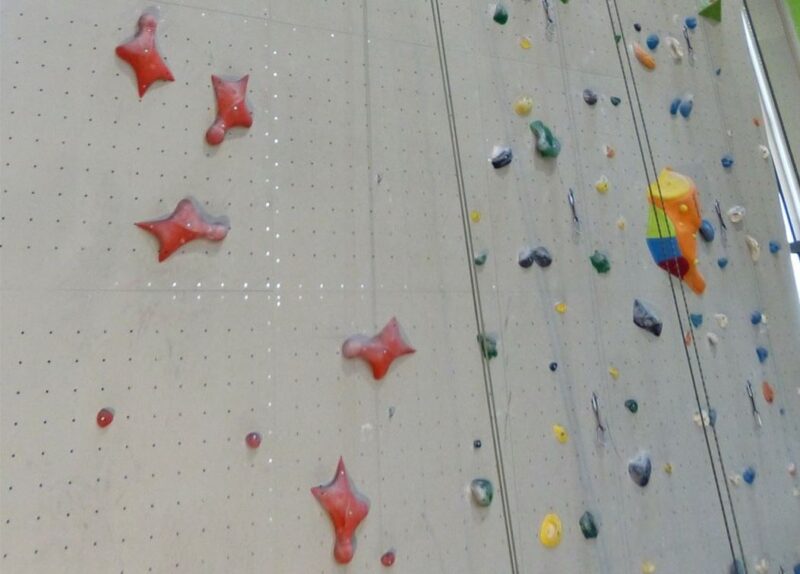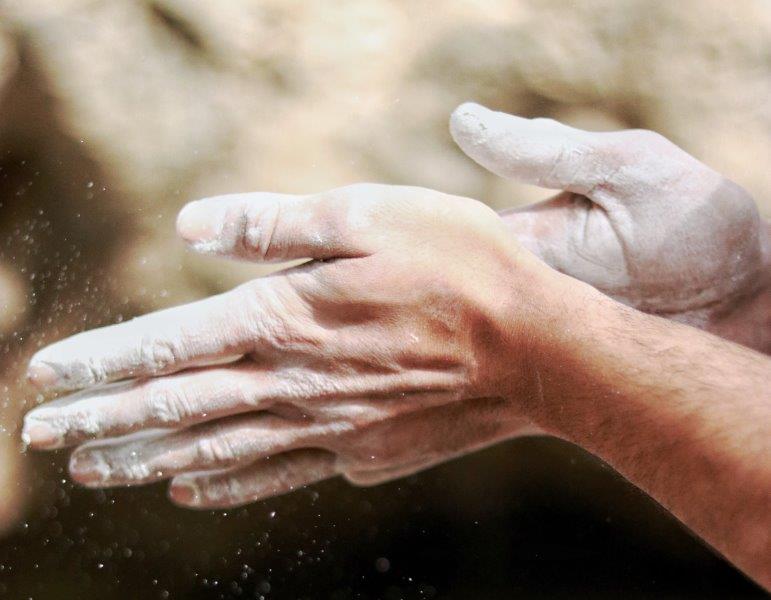Speed climbing is a sport that has been around since the 1960s and it’s seen its fair share of changes over the years. In this article, we’ll take a look at the history of speed climbing, how to train for it, and why you should try out this fast-paced sport.
What is Speed Climbing?
Speed climbing, also known as speed competition or quick climbing. It’s a timed event where the climber climbs up a wall at maximum speed within 40 seconds. The fastest time wins. Although it is now officially part of Tokyo 2020 Olympic Games, its roots date back to 1961 when mountaineers used it as a training exercise.

How does Speed Climbing work?
Speed climbing looks very different from other forms of rock climbing. Speed climbers rely on quickness which makes them lighter so they can move more swiftly up the wall. They use their hands and feet for grip while pulling themselves upward with straight arms; this style allows them maximum speed when moving upwards and downward at great heights so that they don’t lose momentum.
History of Speed Climbing
The history of speed climbing is an interesting one. It was first introduced in 1961 by mountaineers who used it as a training exercise for various challenges, but then became part of the Olympic Games in 1984. Speed climbers rely on quickness which makes them lighter so they can move more swiftly up the wall and are able to pull themselves upwards with straight arms while not losing momentum when moving downwards or at great heights.
What Does Speed Climbing Require?
A good strength training routine is essential in order to give yourself an edge when competing against other climbers who may have stronger upper body muscles than you do (since this type of climb relies heavily on pulling with arms).
Benefits of Speed Climbing
Speed climbing is a great way to stay in shape without spending hours in the gym or on the elliptical machine, but it’s not just for people that are looking to lose weight. It’s perfect for anyone looking to challenge themselves, and it’s an excellent sport for anyone who has a fear of heights. If you’re not yet sure that speed climbing is the right fit for you, try bouldering first – which will give you many similar benefits without pushing your body too hard from the start!

Attempting Speed Climbing
The most important thing for speed climbing is to be comfortable with heights. Start by finding a high route or boulder that you can work on and build up your confidence so it becomes easier over time. This will make the transition from bouldering to speed competition much more manageable, as there are many similarities between these two types of climbs.
To attempt speed climbing, set up a circuit of climbs. This might include one longer route and then four or five shorter routes that you can do in sequence. Start with the long climb first to warm up, then switch on your stopwatch and try to beat your time by spamming as fast as possible between each boulder problem. It’s also important to work on techniques like dyno-ing from hold to hold without stopping for too long so you’re not wasting valuable energy!
Speed Climbing Training
There are a number of ways you can train for speed climbing:
Doing sprint workouts
These will help with your leg power and arm endurance, which is important in this type of climb since it relies heavily on pulling with arms. You can also do weight training or other forms of high-intensity training like running too!
Using weights
Using weights during strength training sessions; they’ll improve muscle definition and strengthen muscles that may not be as strong compared to other climbers who have stronger upper body muscles than you might (since the whole goal here is to pull yourself up).

Doing drills like speed ladders or jumping rope
These quick exercises will work out your fast-twitch training.
Lastly, you can also complete the training by running, weightlifting and other forms of high-intensity training.
Speed Climbing Rating System and Grading
Speed climbing is a form of competition where the climbers race against each other to be first up an artificial wall.
A timekeeper starts their watch when the lead climber ascends above his last foothold. Oftentimes this could mean at least one hand placed higher on the route than any previous hold placement by that climber.
The total ascent time cannot exceed 45 seconds from start to finish. Each second counts off on the timer until there are no more holds available (no longer vertical), giving it a unique scoring system versus routes in gymnastics which can have many different sections, some harder than others.
The speed climbing rating system is a way for organizers to measure the difficulty of routes and give them an overall grade, such as “F” or “E.”
Some factors that go into determining the route’s overall grade include: height (height above ground), size (whether it is longer than others in its class) and hold spacing. The number or grades are based on international standards set by UIAA/CEV International Grade Systems with modifications made by USSA.
Speed Climbing Rating System Grading – A = easy; B = moderate; C= difficult; D- very difficult
***
Speed Climbing Competitions
Speed climbing competitions are a great way to test your speed and agility on the rock wall. In order to take part in these events, you need to be an elite climber with a high skill base. You also need potential for success at future competitions since all athletes only compete once per season. Competitions will often have age categories so that kids and teenagers can participate as well – it’s not just a sport for adults!
Rules of Speed Climbing Competitions
The rules of competition vary from event to event because they’re created by the organizer but generally speaking: each athlete has three minutes; competitors are judged based on the time taken until completion AND number of attempts (not necessarily consecutive); and in most cases, a score of the top three climbers will be calculated.
– You have to complete the climb within your time limit or you’re disqualified
– Competitors are judged based on the time taken until completion AND the number of attempts (not necessarily consecutive)
The participants who make it into the finals compete against each other for both speed and agility while attempting their climbs – usually following some sort of predetermined order. The competitor with the fastest total time wins!
Speed Climbing Costs
The cost of speed climbing varies. The price to rent a harness, belay device and climbing shoes will run anywhere from $20-50/day. If you want access to the gym for more than one day, this can always be arranged as well at an additional fee.
Climbing is typically done on artificial routes which are pre-set by the competition organizer or whoever created it in order to make life easier for participants (and also so that competitors don’t get stuck on any really hard parts). Artificial routes are set up with cams and nuts placed in such a way that they give just enough protection without being too easy.
Speed Climbing Coaching
Speed Climbing coaches, or trainers as they’re sometimes called, will generally charge anywhere from $200-400/day for their services. This includes teaching people how to speed climb and providing them with the instruction that’s needed in order to make it through a competition safely.
If you want your children to take part in speed climbing – which is an excellent activity both mentally and physically – then there are 2 different ways of doing so depending on what sort of experience level they have:
– If your child has never before taken part in any type of rock climbing at all; this would be done by taking up a one day introductory course on speed climbing. The cost here would likely run around US$80- $150 per person with an instructor present for the duration of the course.
– If your child has some experience with rock climbing but it’s not at a speed climbing level, then options of signing up for a course or hiring a private speed climbing instructor or coach is possible.
Speed Climbing Courses
If you do decide to sign up for a series of speed climbing classes or hire a private speed climbing instructor or coach, they would focus on a couple of key things in your training:
- Techniques to speed climbing routes
- Conditioning and Endurance Training
- How to conserve energy while moving up the wall or rope
- Mental preparation techniques/ stress management for competitions
All in all, speed climbing is a really interesting sport that is gaining a lot of traction since the Olympics. If it’s something you are keen on, we hope that you will kick start this journey to exploring this adrenaline-pumping sport.

No Comments